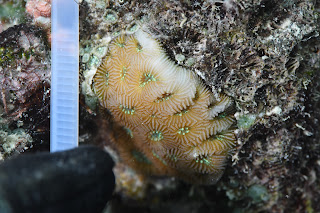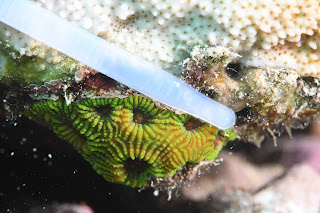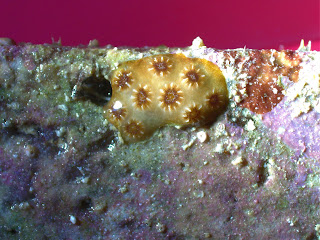Historiography

Are you ready for your vocabulary word of the day? Historiography. History, obviously, is the study of things that happened in the past. Historiography, it turns out, is the study of how events were written down in the past - basically the history of history. It's also used in some academic journals to mean a summary of previous work on a subject. These are the types of things you learn when you collaborate with an archaeologist . Calvin and I are writing a paper right now that we're planning to submit to an archaeology journal, and we had to include a "historiography" section. This is a new experience for me. My papers usually appear in journals like Marine Ecology Progress Series , Limnology and Oceanography , Polar Biology , and Invertebrate Biology - all of which are specifically geared toward an audience of ecologists. You know, people who spend their days with animals, trying to figure out how they live and relate to their environment. People who don'


.jpg)











